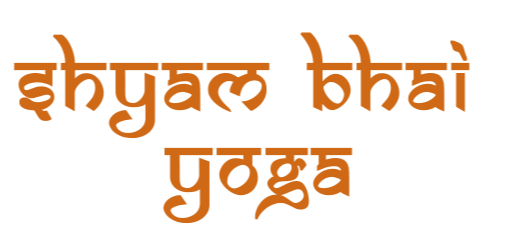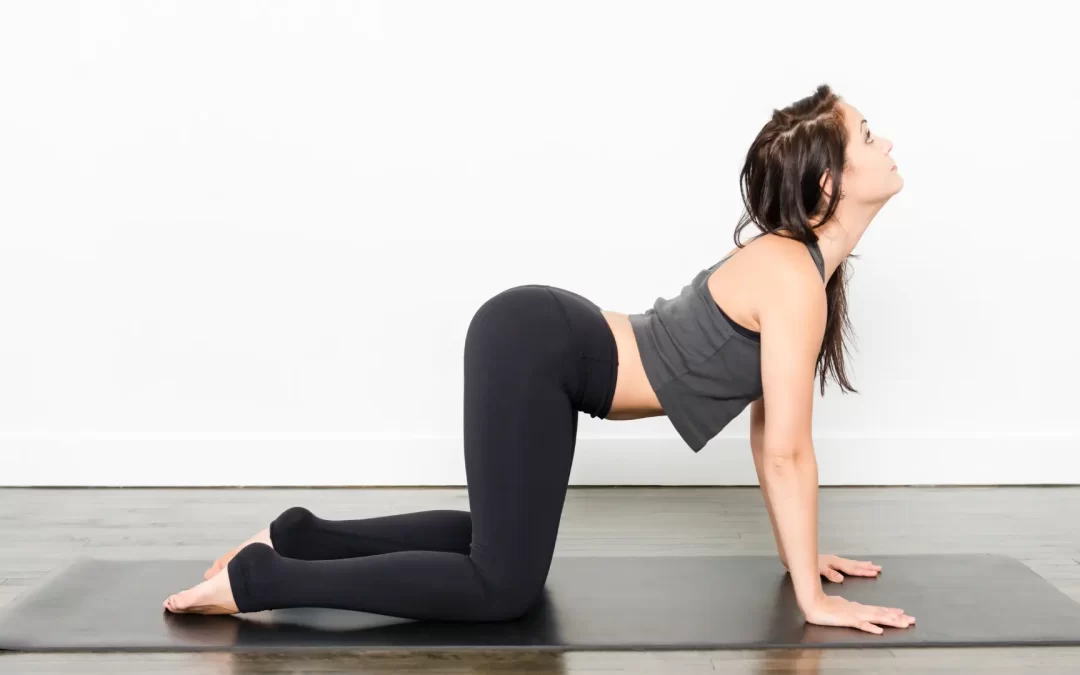Bedtime Yoga Routine for Better Sleep
In today’s fast-paced world, quality sleep often feels like a luxury, but with the right tools, you can improve your sleep patterns and wake up feeling refreshed. One such tool is yoga, specifically online yoga classes, which offer a convenient way to practice relaxation and mindfulness from the comfort of your home.
A bedtime yoga routine can be incredibly effective in helping you wind down, reduce stress, and prepare your body and mind for restful sleep. By incorporating yoga into your evening, you’re not only improving your sleep but also enhancing your overall well-being.
At Shyambhai Yoga, we offer online yoga classes that cater to all levels, helping you master the art of relaxation and peace through various poses, breathing techniques, and mindful practices.
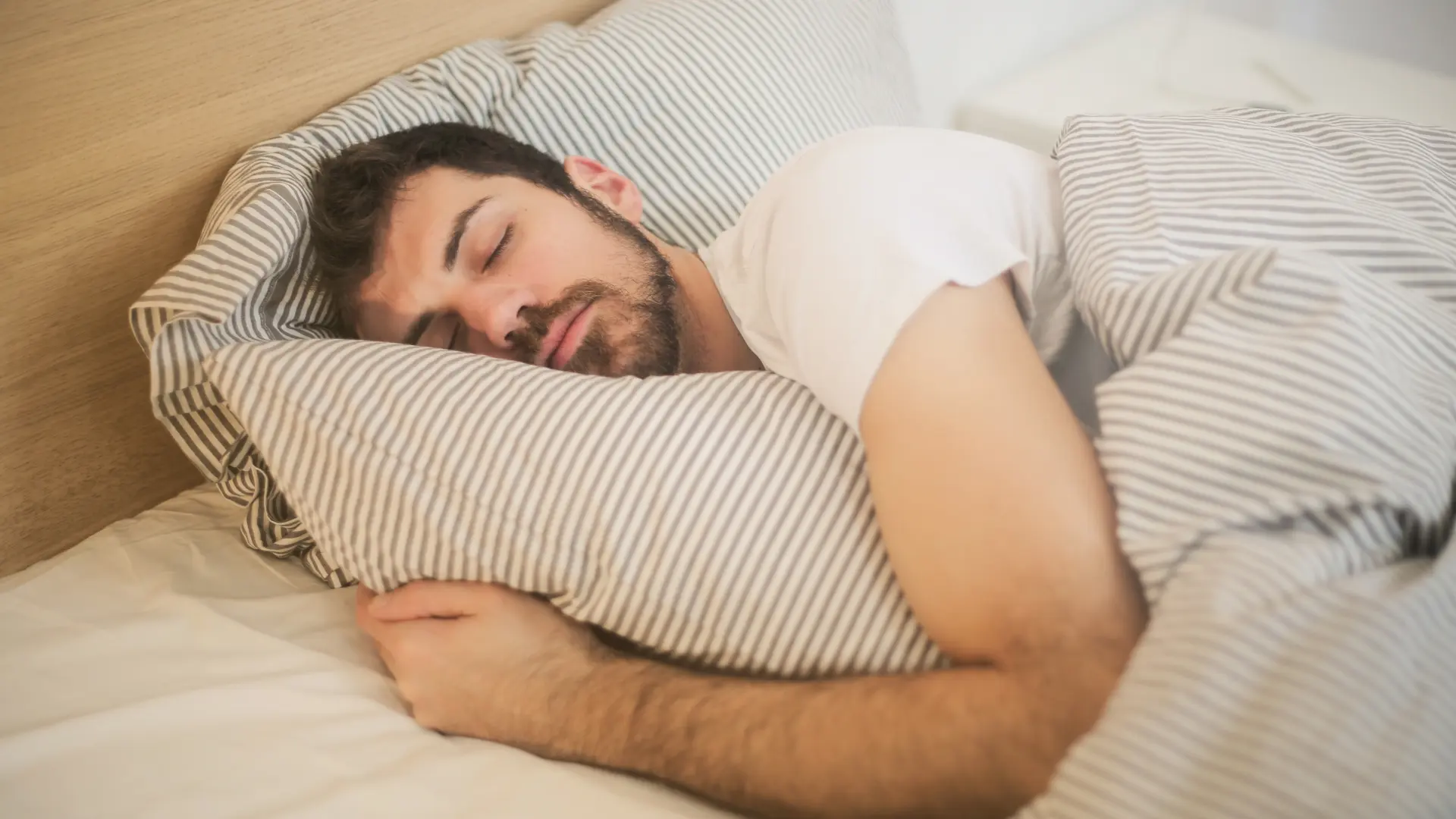
Why Yoga for Better Sleep?
Yoga helps to Yoga for Better Sleep: Poses to Relax and Unwind and release physical tension and reduce stress in the body, which are common culprits behind sleepless nights. When you practice yoga before bed, you activate your parasympathetic nervous system, also known as the “rest and digest” system.
This promotes relaxation and helps you transition from the hustle of the day into a peaceful night of rest. Moreover, incorporating breathing techniques and mindfulness into your routine can quiet your mind and alleviate mental chatter, further enhancing your ability to fall asleep.
The Best Bedtime Yoga Routine for Better Sleep
Here’s a calming bedtime yoga routine you can do before bed. It’s gentle, restorative, and designed to relax both the body and mind. This routine can be done in about 15-20 minutes.
1. Child’s Pose (Balasana)
How to do it:
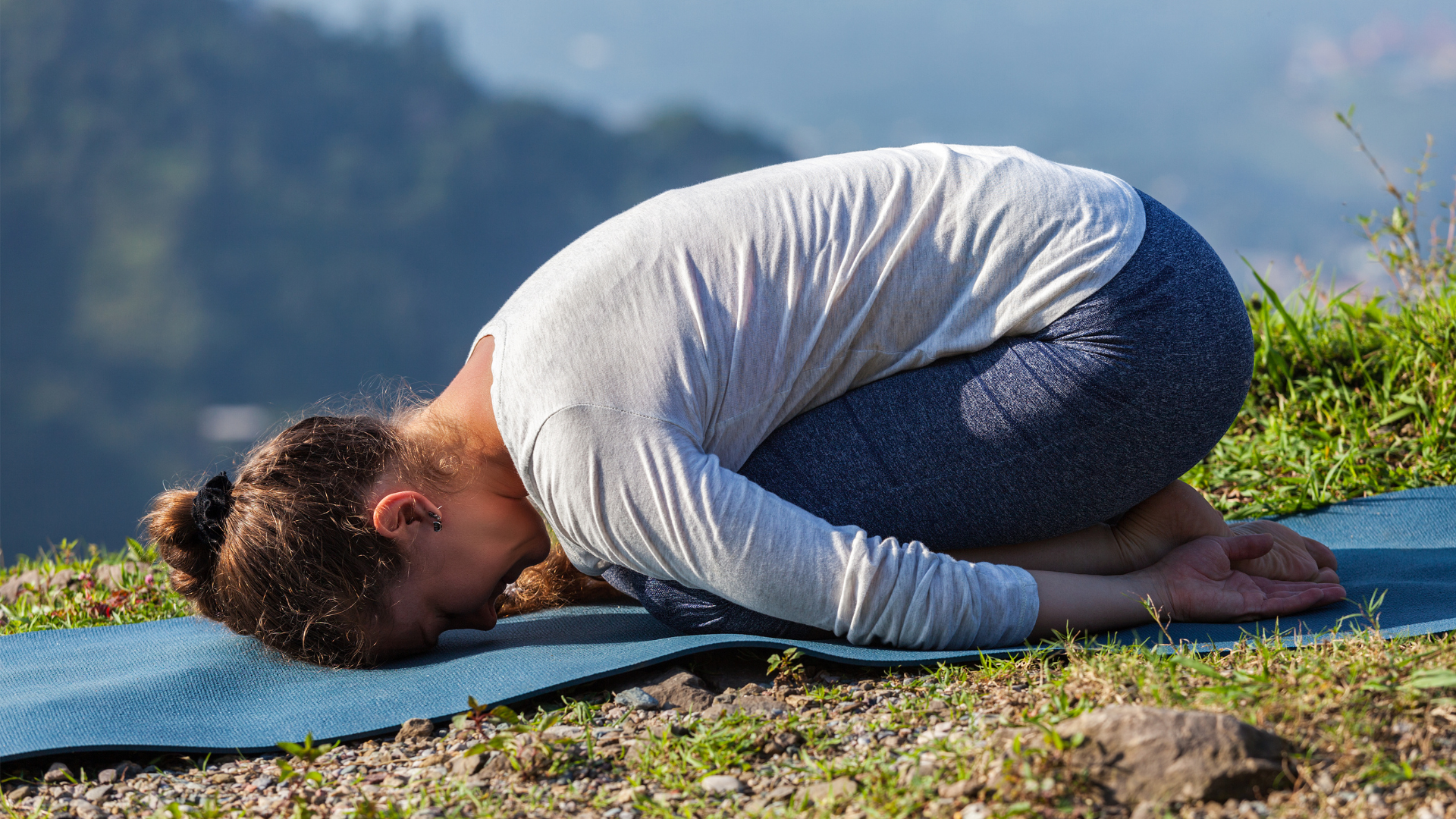
- Kneel on the mat, sitting back on your heels.
- Reach your arms forward and rest your forehead on the mat.
- Relax your chest toward the floor, breathing deeply.
Benefits: Child’s pose gently stretches the back, hips, and thighs while calming the nervous system. It helps to release tension in the spine and encourages deep, slow breathing, which is great for winding down.
2. Seated Forward Fold (Paschimottanasana)
How to do it:
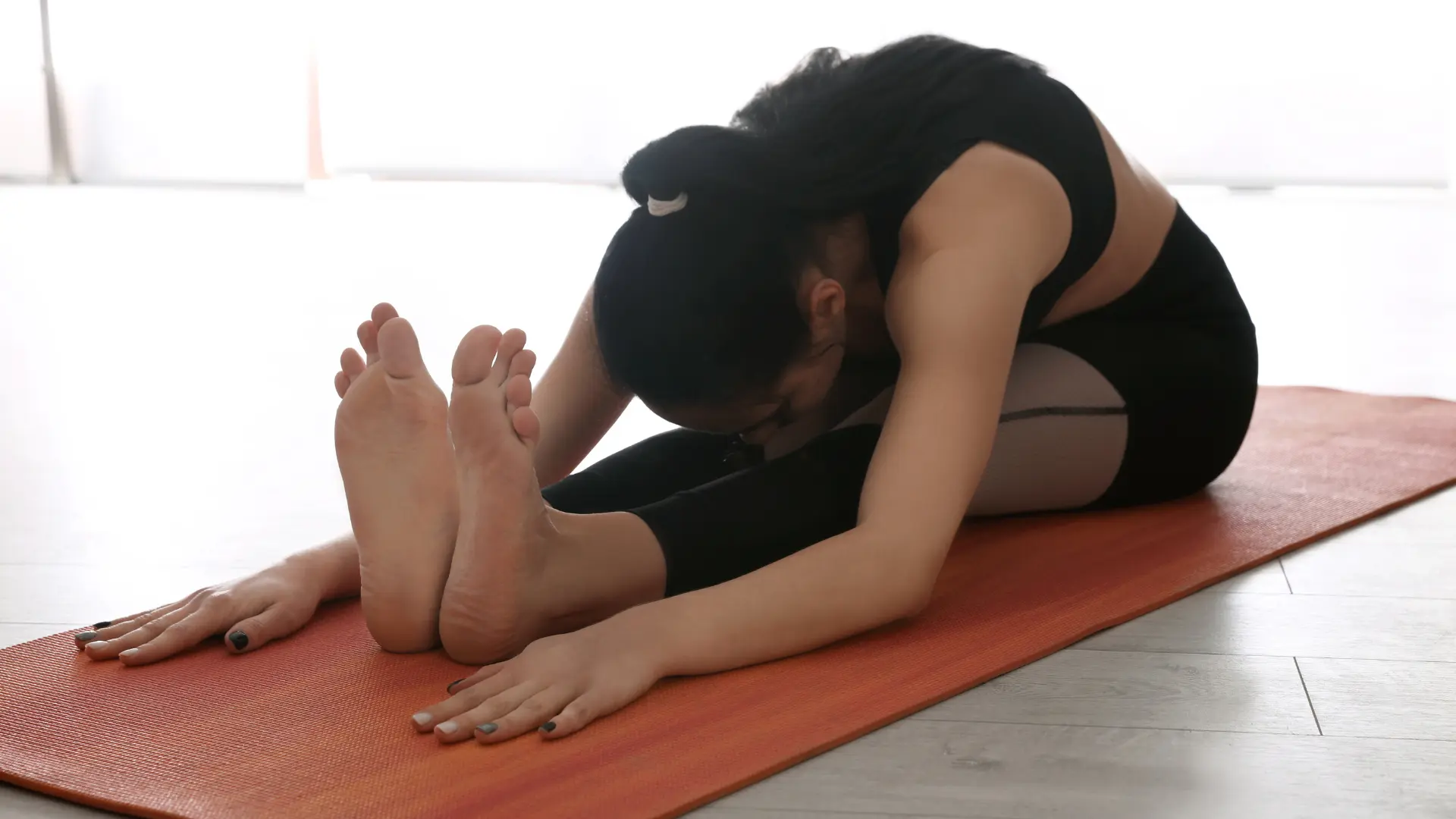
- Sit with your legs extended straight in front of you.
- Inhale, lengthen your spine, and exhale as you slowly fold forward, reaching for your feet.
- Keep your head relaxed and let your body soften into the pose.
Benefits: This forward fold stretches the hamstrings, relieves tension in the lower back, and calms the mind. It also helps reduce anxiety, making it easier to prepare for sleep.
3. Legs Up the Wall (Viparita Karani)
How to do it:
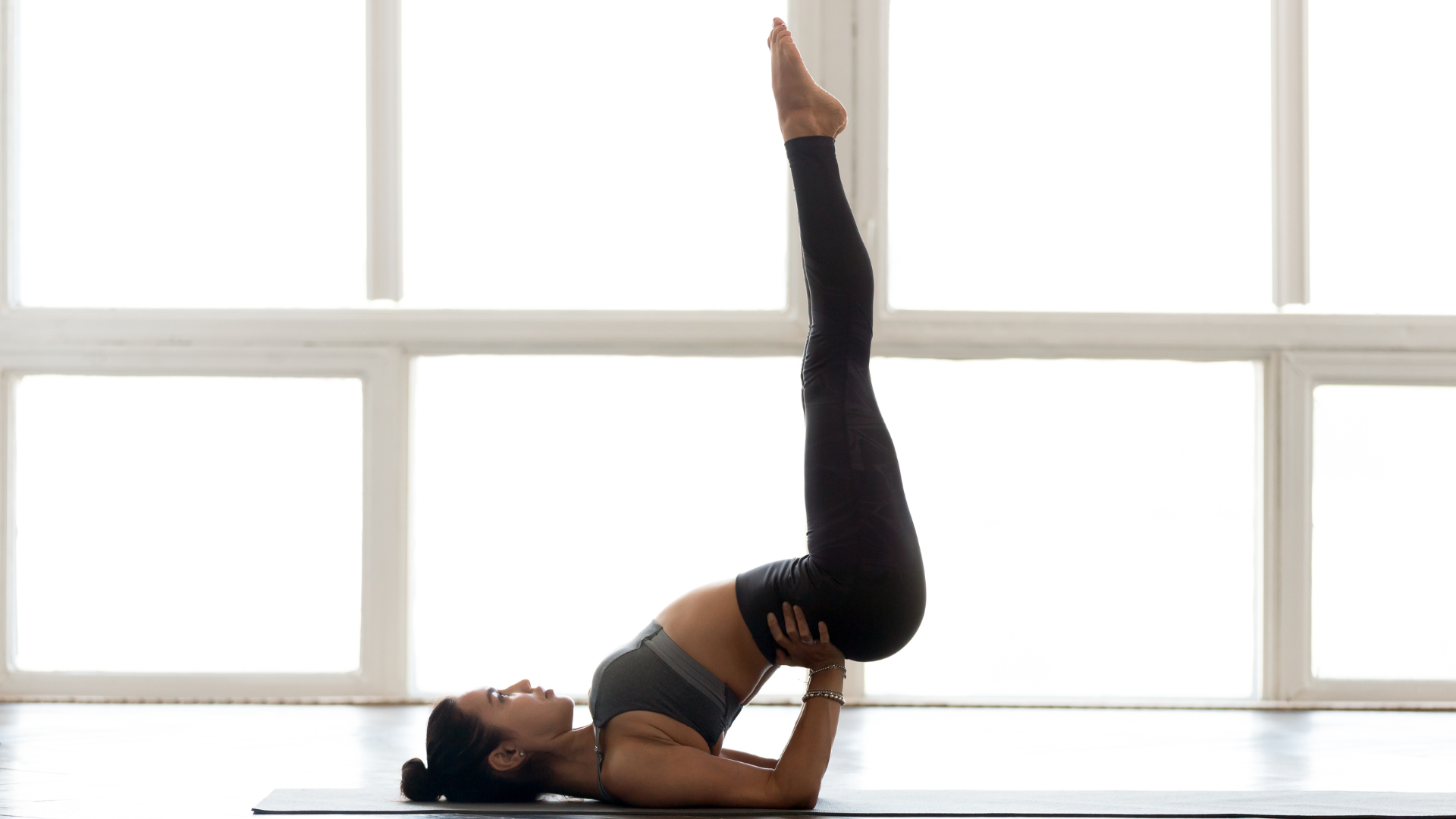
- Sit next to a wall and lie down on your back.
- Swing your legs up the wall, ensuring that your hips are close to the wall.
- Rest your arms by your sides with your palms facing up.
Benefits: Legs up the wall is a deeply restorative pose that encourages circulation and relaxation. It helps calm the nervous system, reduces fatigue, and aids in releasing tension in the legs and lower back.
4. Cat-Cow Pose (Marjaryasana-Bitilasana)
How to do it:
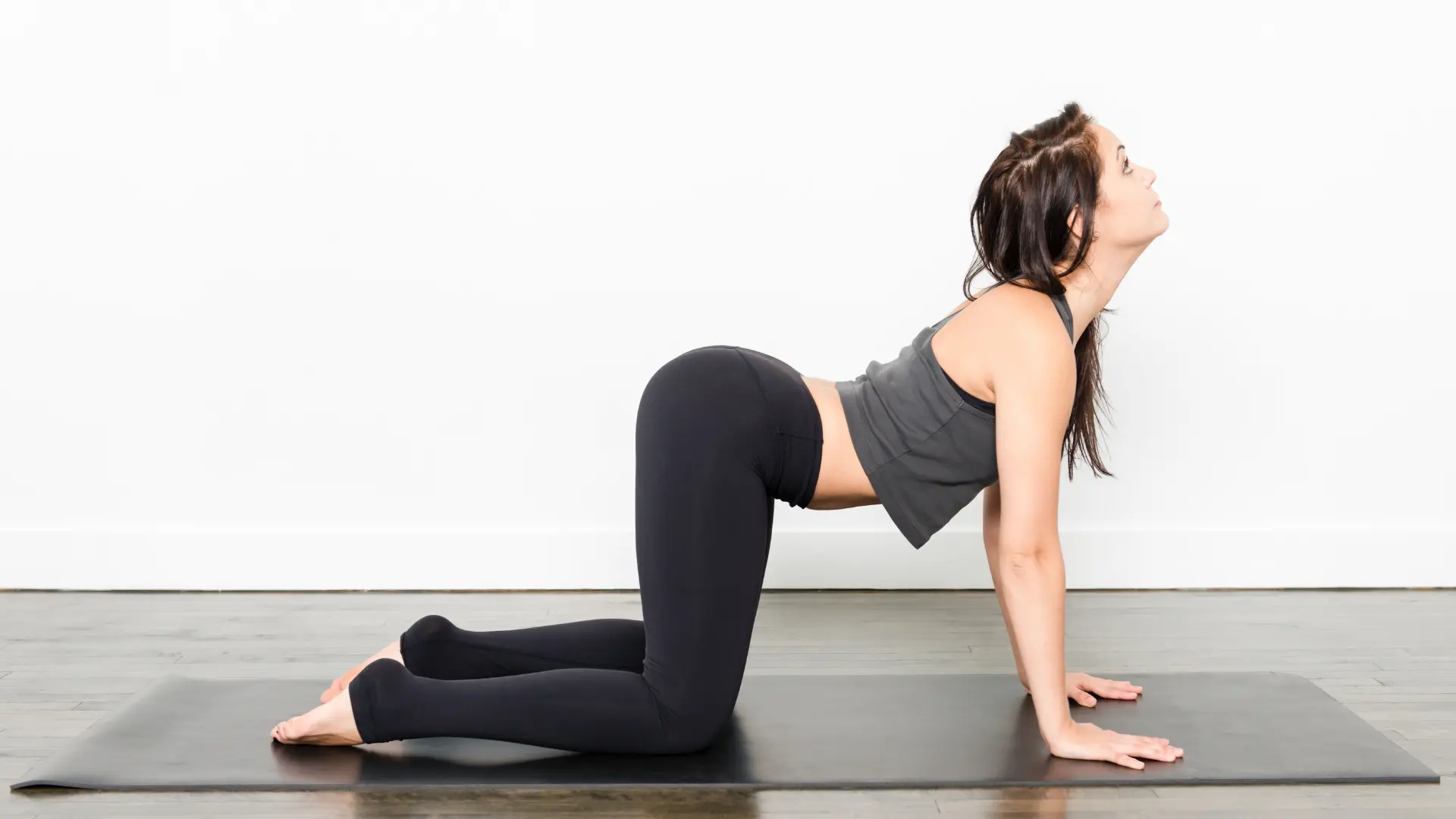
- Start on all fours with your wrists directly under your shoulders and knees under your hips.
- Inhale as you arch your back and lift your chest (Cow Pose).
- Exhale as you round your back and tuck your chin to your chest (Cat Pose).
- Repeat slowly, flowing with your breath.
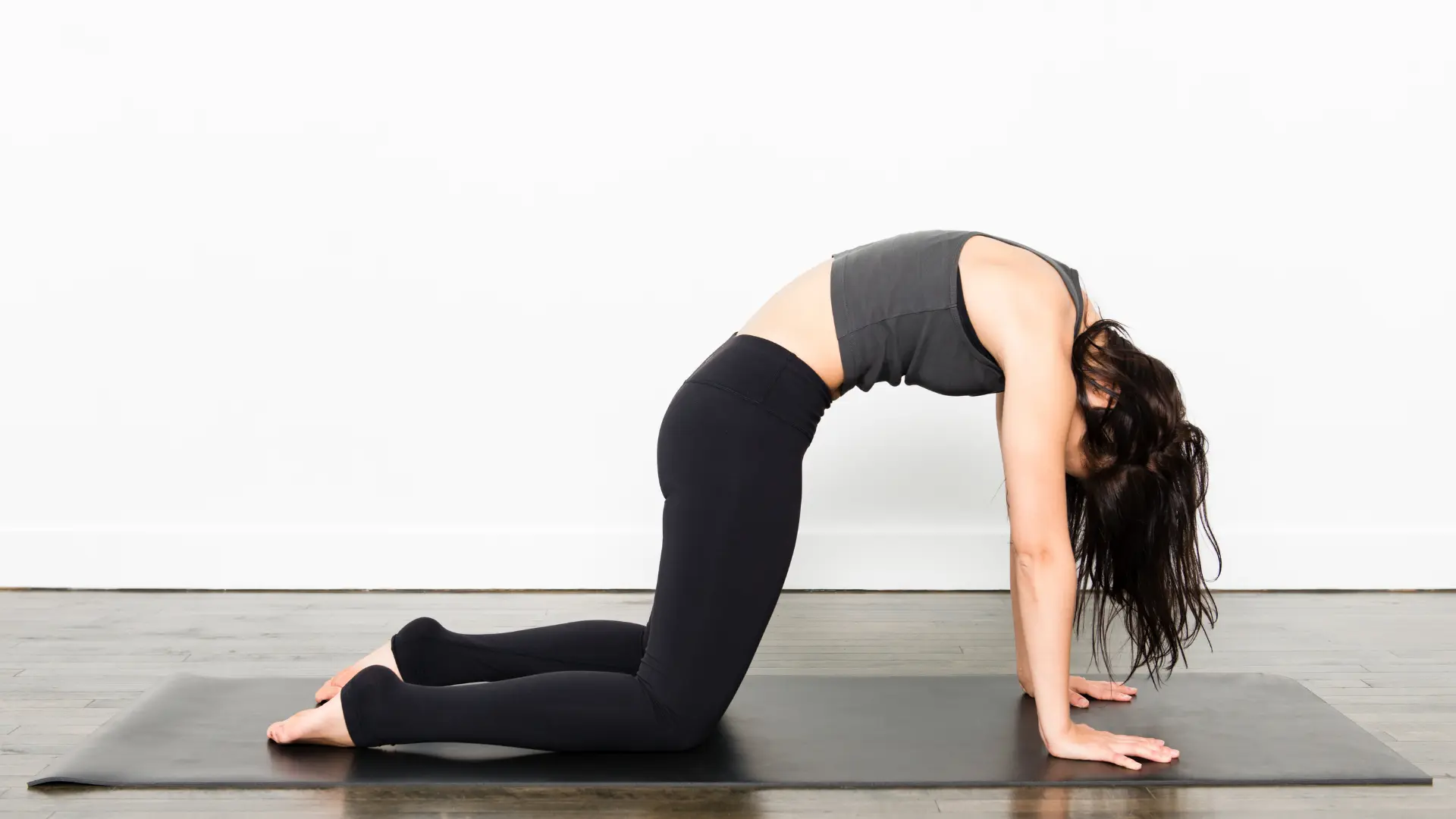
Benefits: This movement helps loosen up the spine and release tension in the back and neck. It also promotes deep breathing and helps you focus on the present moment.
5. Reclining Bound Angle Pose (Supta Baddha Konasana)
How to do it:
- Lie on your back and bring the soles of your feet together, letting your knees fall open to the sides.
- Place your arms by your sides with palms facing up.
- Close your eyes and breathe deeply, allowing your body to relax into the pose.
Benefits: This pose opens the hips and stretches the inner thighs. It’s perfect for calming the mind and releasing any remaining tension before bed.
6. Corpse Pose (Savasana)
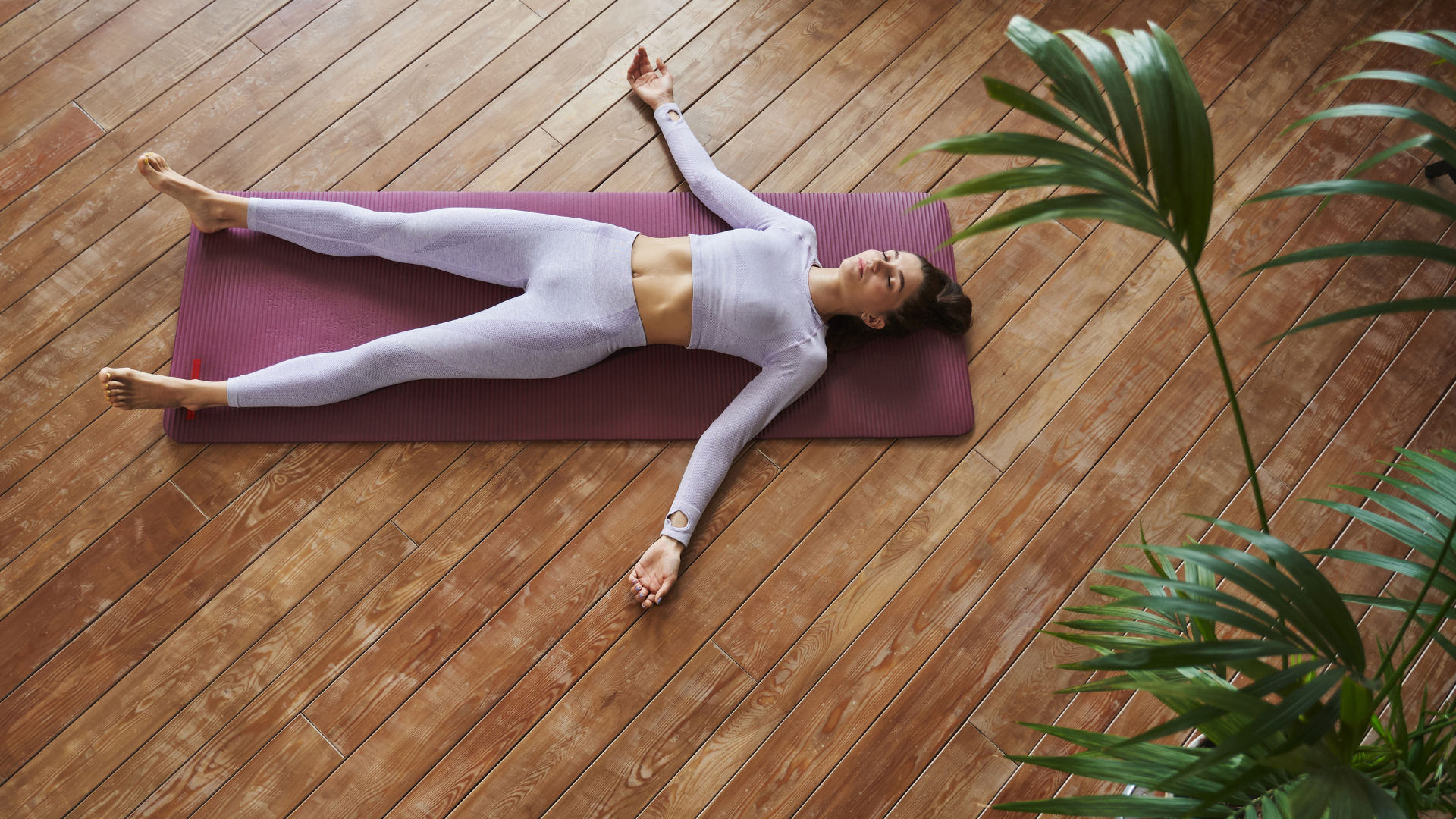
How to do it:
- Lie flat on your back with your legs extended and arms by your sides, palms facing up.
- Close your eyes and focus on your breath. Let go of any tension in your body.
- Stay in the pose for 5–10 minutes, allowing your body and mind to completely relax.
Benefits: Savasana is the ultimate relaxation pose. It allows the body to absorb the benefits of your practice and helps clear your mind, preparing you for deep, restful sleep.
Breathing Techniques for Better Sleep
In addition to the physical poses, incorporating specific breathing techniques can enhance your yoga routine for sleep. Many studies help us understand the routine of our daily lives. Online yoga classes have more techniques in breathing excerises. Here are two effective techniques:
1. 4-7-8 Breathing Technique
- Inhale quietly through your nose for 4 seconds.
- Hold your breath for 7 seconds.
- Exhale slowly through your mouth for 8 seconds.
This technique is known for its calming effects and can help reduce stress and induce relaxation, making it easier to fall asleep.
2. Alternate Nostril Breathing (Nadi Shodhana)
- Sit comfortably and close your right nostril with your thumb.
- Inhale deeply through your left nostril.
- Close your left nostril with your ring finger and release your right nostril.
- Exhale through your right nostril, then inhale through the right.
- Close your right nostril and exhale through the left.
Alternate nostril breathing helps balance the body’s energy and calms the nervous system, making it a perfect addition to your bedtime routine.
Tips for a Restful Night of Sleep
- Create a calming environment: Dim the lights, avoid screens, and play calming music or white noise if it helps you relax.
- Stick to a routine: Practice this yoga routine regularly to help signal to your body that it’s time to unwind and prepare for sleep.
- Mind your diet: Avoid heavy meals, caffeine, and alcohol close to bedtime, as they can interfere with sleep.

Conclusion
Incorporating a gentle bedtime yoga routine into your evening ritual can work wonders for your overall well-being. It’s not just about falling asleep—yoga helps reduce the physical and mental stresses of the day, promotes deep relaxation, and prepares the body and mind for restorative rest.
As you make this routine a consistent part of your nightly ritual, you’ll notice how much better you sleep, how you wake up feeling more refreshed, and how your energy levels are more balanced throughout the day.
At Shyambhai Yoga, we believe that yoga is a holistic practice that can transform every aspect of your life, from physical health to mental clarity and emotional peace. Using yoga as a tool to enhance your sleep is just one of the countless ways it can improve your life. We encourage you to integrate this simple yet effective bedtime routine into your day, as it will help you establish a sense of calmness that will prepare you for better sleep and deeper relaxation.
Remember, consistency is key. The more you practice, the better the results. So, try this bedtime yoga routine tonight, and feel the calming effects on your mind and body. Sweet dreams await you as you unwind and let go of the day.
Inquiry
If you have any questions, please feel free to reach out. We’ll be glad to help!
